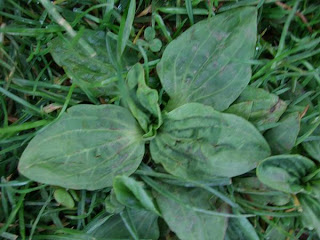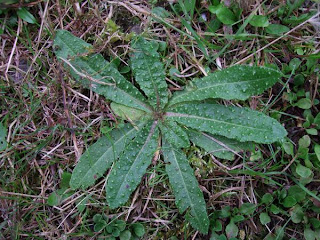The disease is usually most active between June and December and primarily attacks bent grass. Until recently there have been no effective chemical treatments for this disease.
Take-all patch is often triggered by a sudden rise in the soil pH, especially following an application of lime. In professional turf care it has long been one of the most destructive diseases on golf and bowling greens, and until recently there has been no chemical control cure.
Identification of take-all patch
Take-all patch initially shows signs of activity during mid summer in June or July (however in some cases it can be earlier in the season). The disease appears as saucer shaped depressions of dead or dying bent grass. As the disease progresses these patches will join together, as they form large irregular patches on the lawn.
Causes of take-all patch
- Bent grass is particularly susceptible to Take all patch disease.
- New sand based constructions are particularly susceptible especially if the root zone was sterilised.
- Excessive thatch or organic matter build up will encourage take-all patch disease.
- Poor surface drainage will encourage the disease, as take-all patch spreads in the moisture.
- The use of alkaline materials such as fertiliser, top dressing and lime on the lawn.
As turf fungicide use is restricted to professionals and contractors with the relevant qualifications, cultural prevention and damage limitation of take-all patch disease are the only options for amateur gardeners.
- Avoid applying materials and top dressings that contain a high content of lime (high pH).
- Applications of materials that acidify the surface such as iron sulphate, lawn sand and sulphate of ammonia etc may help minimise the damage caused by this disease.
- Control the build up of thatch with regular scarifying and aeration.
- Encourage a dry lawn surface dry by improving the drainage with aeration such as spiking.
- If the lawn becomes infected, overseed the infected areas with grass species such as fescue, that are resistant to take-all patch disease.
- Maintaining good turf health and vigour with a balanced fertiliser program will help prevent lawn disease.
Until recently there was no fungicides available for the control of this disease. Presently there are fungicides on the market that will control Take all patch. However use is restricted to turf professionals such as golf greenkeepers and lawn care specialists with the relevant pesticide application qualifications.









































































